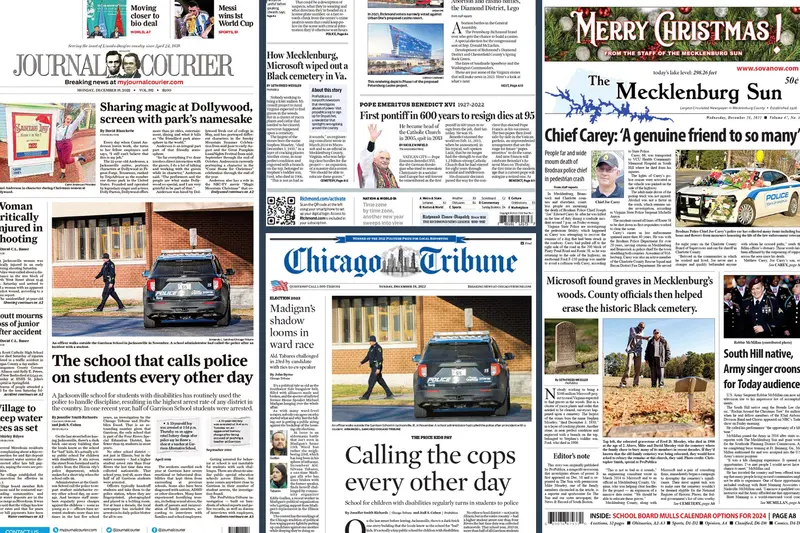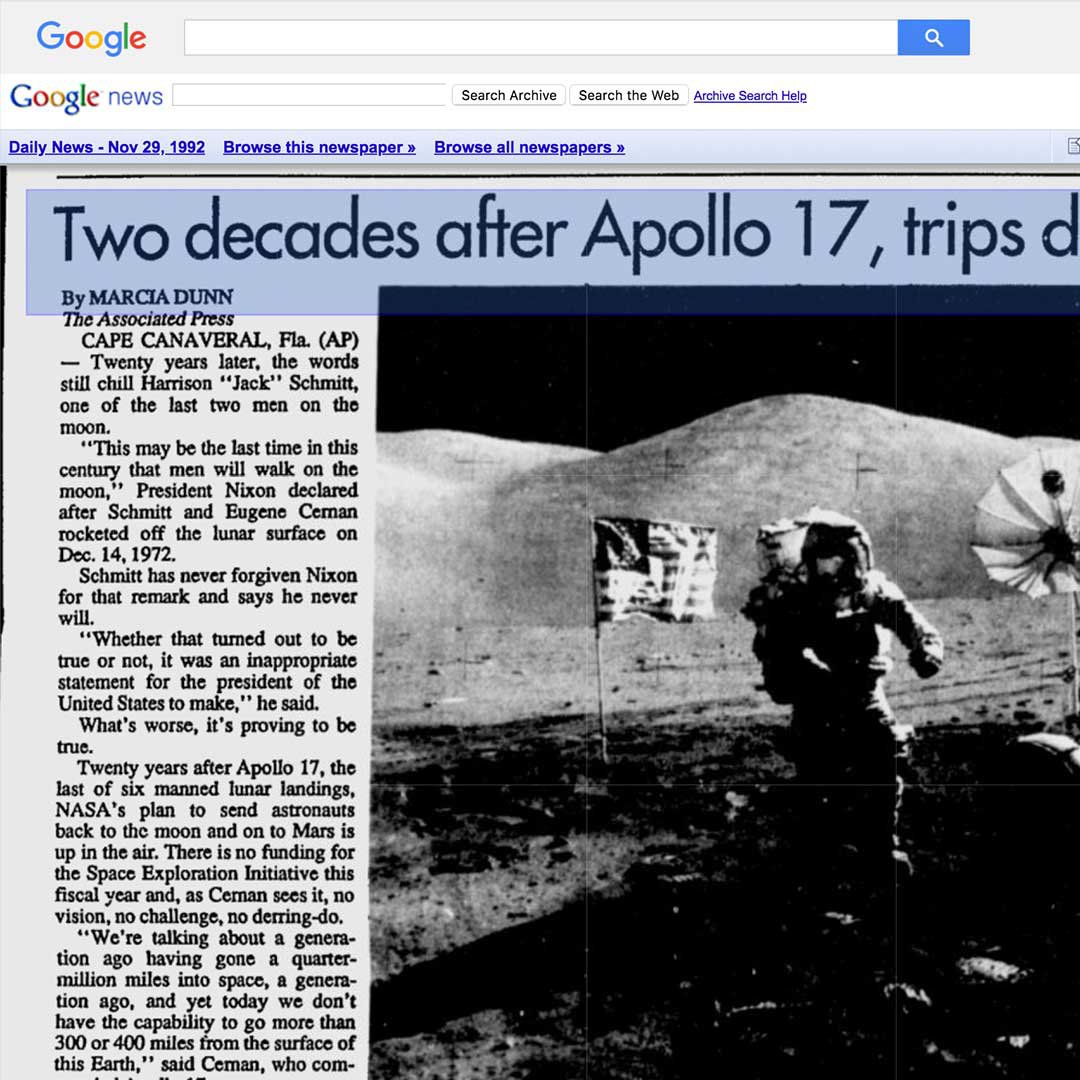4 Simple Techniques For News Articles
4 Simple Techniques For News Articles
Blog Article
Some Known Details About News Articles
Table of ContentsThe Definitive Guide to News ArticlesAll About News ArticlesNews Articles Can Be Fun For EveryoneNews Articles Things To Know Before You BuyNews Articles for Dummies
Excellent understanding of different topics provides students an one-upmanship over their peers. Although digital and social media sites are conveniently easily accessible, we ought to not fail to remember how crucial it is to check out the newspapers. Parents should attempt and instill the routine of reviewing a newspaper as a daily routine to continue the tradition of the adored print medium.Newspaper article also contain at least among the adhering to important attributes family member to the desired audience: proximity, importance, timeliness, human rate of interest, peculiarity, or effect. The associated term journalese is sometimes made use of, generally pejoratively, to describe news-style writing. One more is headlinese. Newspapers generally abide by an expository writing style.
Within these restrictions, information stories also intend to be thorough. Among the larger and much more recognized newspapers, fairness and balance is a major aspect in providing details.
Newspapers with an international audience, for instance, have a tendency to make use of a more official style of composing. News Articles.; common design guides include the and the US Information Style Book.
Little Known Facts About News Articles.
As a policy, reporters will not make use of a long word when a brief one will certainly do. Information authors attempt to avoid using the same word a lot more than as soon as in a paragraph (occasionally called an "resemble" or "word mirror").
Nonetheless, headings sometimes omit the topic (e.g., "Jumps From Watercraft, Catches in Wheel") or verb (e.g., "Pet cat lady fortunate"). A subhead (also subhed, sub-headline, subheading, subtitle, deck or dek) can be either a secondary title under the primary heading, or the heading of a subsection of the short article. It is a heading that comes before the major text, or a team of paragraphs of the primary message.

Extra signboards of any of these kinds may appear More Help later in the short article (specifically on subsequent pages) to entice additional reading. Such billboards are also used as tips to the short article in various other sections of the publication or website, or as promotions for the piece in various other magazine or websites. Typical structure with title, lead paragraph (recap in bold), various other paragraphs (information) and call info.

Example of a hard-lead paragraph NASA is recommending another room project. The budget plan demands approximately $10 billion for the project.
The NASA announcement came as the firm requested $10 billion of appropriations for the task. An "off-lead" is the second essential front page news of the day. The off-lead shows up either in the top left edge, or straight below the lead on the. To "bury the lead" is to start the post with history info or information of additional significance to the readers, compeling them to check out even more deeply into a short article than they need to need to in order to discover the vital factors.
The Best Strategy To Use For News Articles
Usual usage is that one or two sentences each form their own paragraph. Reporters typically define the company or structure of an information tale as an inverted pyramid. The important and most intriguing aspects of a tale are put at the start, with supporting info complying with in order of reducing relevance.
It enables people to check out a subject to only the depth that their inquisitiveness takes them, and without the charge of information or subtleties that they might consider unimportant, but still making that details readily available to much more interested visitors. The upside down pyramid structure likewise enables articles to be trimmed to any type of approximate size throughout layout, to fit in the area readily available.
Some authors start their stories with the "1-2-3 lead", yet there are numerous sort of lead useful content available. This style inevitably begins with a "Five Ws" opening paragraph (as defined above), complied with by an indirect quote that serves to support a significant aspect of the first paragraph, and after that a direct quote to sustain the indirect quote. [] A twist can refer to several things: The last tale in the information program; a "satisfied" tale to end the program.
Longer short articles, such as publication cover articles and the pieces that lead the inside sections of a paper, are understood as. Attribute stories differ from straight news in a number of methods. Foremost is the absence of a straight-news lead, the majority of the time. Instead of supplying the essence of a tale in advance, function authors may attempt to tempt visitors in.
Indicators on News Articles You Need To Know
An attribute's first paragraphs often relate an interesting minute or occasion, as in an "anecdotal lead". From the details of a person or episode, its sight swiftly expands to generalities concerning the story's topic.

The Editor's Toolbox: A Reference Overview for Beginners and Professionals (2001) Allan M. Siegal and William G. Connolly. The New York Times Guidebook of Design and Use: The Authorities Design Guide Used by the Writers and Editors of the Globe's Most Authoritative Newspaper (2002) M. L. Stein, Susan Paterno, and R.
Report this page